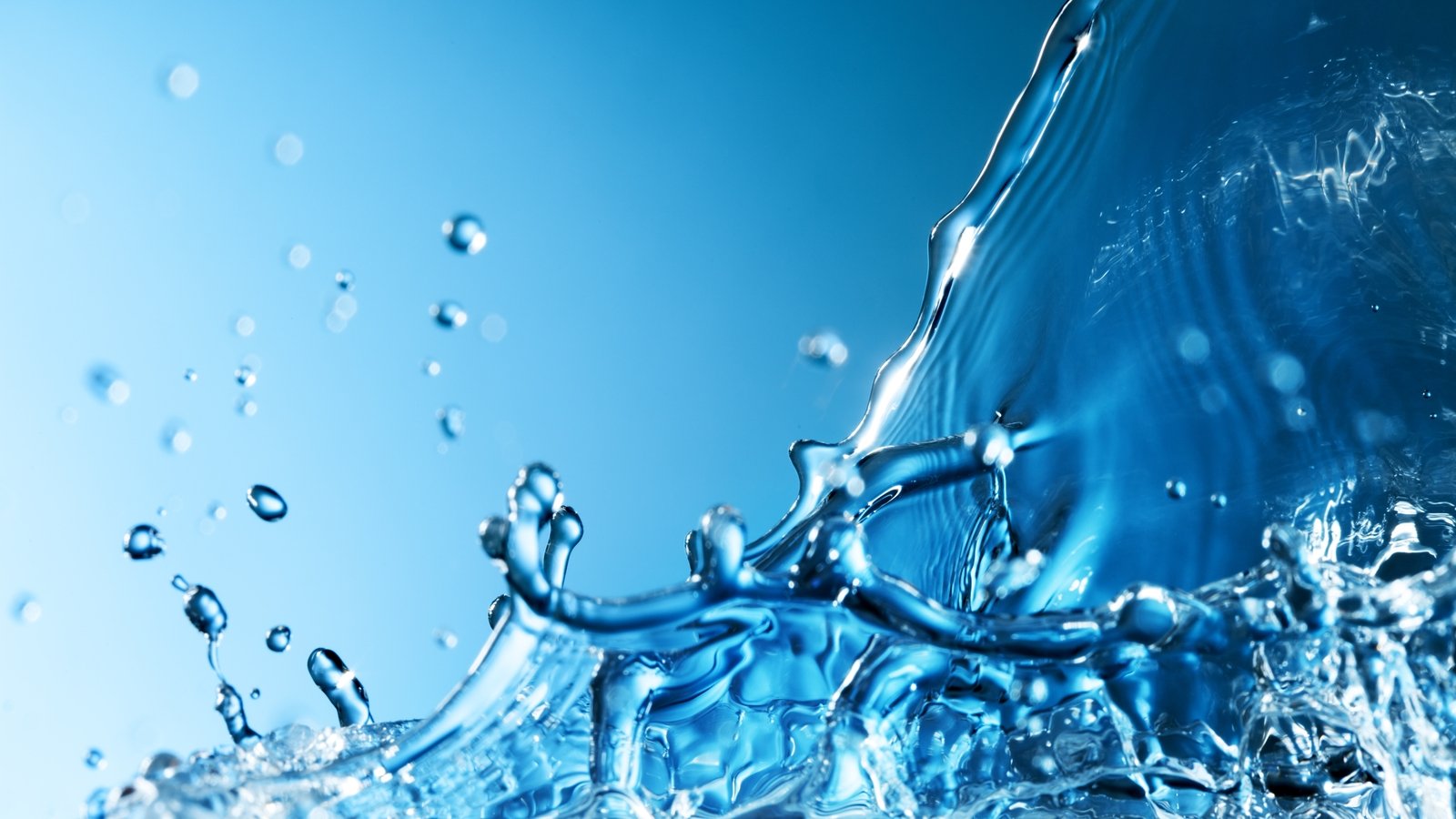Water baths are essential tools in many laboratory settings, providing a controlled environment for various experiments and procedures. They serve a multitude of purposes, from heating samples to maintaining specific temperatures required for biochemical reactions. This article delves into the significance of water baths in laboratory experiments, examining their operation, applications, advantages, and some considerations for their effective use.
What is a Water Bath?

A water bath is a laboratory device that maintains a constant temperature, typically using water as the medium for heat transfer. It consists of a container filled with water, often equipped with a heating element and a thermostat to regulate temperature. These devices can range from simple, manual setups to more sophisticated, digital models with precise temperature control.
Types of Water Baths

Water baths come in various designs, each tailored for specific laboratory needs. The primary types include:
- Circulating Water Baths: These baths utilize a pump to circulate water, ensuring uniform temperature distribution. They are ideal for applications requiring consistent heating across multiple samples.
- Non-Circulating Water Baths: These are simpler models that do not circulate water, making them suitable for less demanding applications where temperature consistency is less critical.
- Digital Water Baths: Equipped with electronic controls, these baths provide precise temperature settings and often feature digital displays for easy monitoring.
- Shaking Water Baths: These combine the functionality of a water bath with agitation, allowing for mixing or enhancing reactions through controlled movement.
Applications of Water Baths in Laboratory Experiments
Water baths are versatile instruments widely used across various scientific disciplines. Here are some common applications:
- Heating Samples: Water baths are often used to heat reagents or biological samples to specific temperatures, which is crucial in many chemical and biological processes.
- Incubation: They provide a stable environment for incubating cultures, such as bacteria or yeast, ensuring optimal growth conditions.
- Melting Point Determination: Water baths can be employed to gradually heat substances to determine their melting points accurately.
- Enzymatic Reactions: Many enzyme assays require specific temperatures for optimal activity, which can be maintained using a water bath.
- DNA Denaturation: In molecular biology, water baths are used for denaturing DNA during polymerase chain reaction (PCR) procedures.
Advantages of Using Water Baths
Water baths offer several advantages that make them indispensable in laboratory settings:
- Temperature Control: They maintain a stable temperature, which is vital for reproducibility in experiments.
- Uniform Heating: The liquid medium allows for even heat distribution, minimizing temperature gradients within the samples.
- Versatility: Water baths can accommodate various containers, making them suitable for different experimental setups.
- Safety: Compared to open flame heating methods, water baths provide a safer alternative for heating sensitive materials.
Case Studies: Water Baths in Action

To illustrate the practical applications of water baths, let’s examine two case studies that highlight their importance in laboratory experiments.
Case Study 1: Enzyme Kinetics

A study conducted by researchers at the University of California investigated the kinetics of a specific enzyme involved in carbohydrate metabolism. The researchers utilized a water bath to incubate reaction mixtures at optimal temperatures ranging from 25°C to 37°C. By maintaining these temperatures, they could accurately measure reaction rates and determine the enzyme’s activity across various conditions. The results demonstrated the critical role of temperature in enzymatic reactions, underscoring the necessity of using a reliable water bath.
Case Study 2: Molecular Biology Techniques

In a project examining gene expression, a team at Harvard University employed water baths for DNA denaturation during PCR amplification. The water bath was set to 95°C, allowing for the separation of DNA strands essential for the amplification process. The precision of the water bath ensured consistent results across multiple trials, leading to successful gene amplification and downstream applications in cloning and sequencing.
Considerations for Using Water Baths
While water baths are incredibly useful, there are several factors to consider to ensure their effective use:
- Temperature Calibration: Regular calibration of the water bath is crucial to ensure accurate temperature readings and consistency across experiments.
- Water Quality: The quality of the water used can affect the performance of the bath. Distilled or deionized water is recommended to minimize contamination and evaporation issues.
- Sample Container: The choice of sample containers can impact heat transfer efficiency. It is essential to use materials that allow for optimal thermal conductivity.
- Safety Precautions: Care should be taken to avoid burns and spills. Ensure proper handling and use of appropriate personal protective equipment (PPE).
The Future of Water Baths in Laboratory Research

As technology continues to advance, the design and functionality of water baths are also evolving. Innovations may include enhanced digital interfaces for better user control, connectivity features for remote monitoring, and energy-efficient designs that reduce operational costs. Furthermore, the integration of smart technology could enable automatic temperature adjustments based on real-time data, enhancing the reliability of experiments.
Water baths are vital components of laboratory experiments, providing essential temperature control and uniform heating for a variety of applications. Their versatility and safety make them a preferred choice for researchers across multiple scientific fields. Understanding the operational aspects, applications, and considerations of water baths can significantly enhance the quality and reproducibility of laboratory results. As technology progresses, the potential for further innovations in water bath design promises to make these indispensable tools even more efficient and user-friendly. By leveraging the capabilities of water baths effectively, researchers can ensure rigorous and accurate scientific inquiry, paving the way for groundbreaking discoveries.




